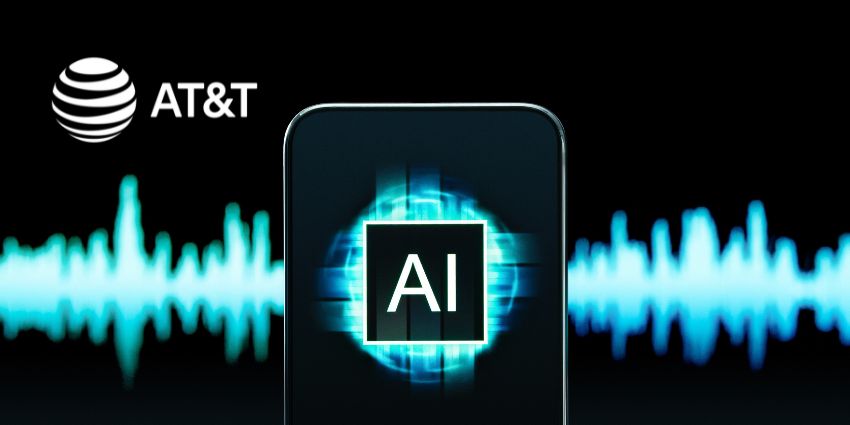IVR, or interactive voice response, is a computerised telephone system that can be used most commonly when a customer calls through to a contact centre or large organisation. This system allows the customer to interact with the company in question without an agent present, and it can be used for routing a call to the right department and helping to link people to computers instead of agents.
In most circumstances, the IVR will interpret the touch-tone buttons pressed by the caller on the telephone, wherein they will press the keypad number that correlates with whatever service they want after listening to the announcement. The technology in the phone will then route the call automatically to the right department for that service, and eventually connect the caller with an agent or extension.
Customising the IVR System
Many of the most intelligent IVR systems can be programmed to work alongside a database, which is essential for identifying customers and linking them to the correct data used by a company. For instance, if someone wanted to pay their bill over the telephone, the IVR could give them a menu of services including “Press 1 to pay your bill”.
The service may also ask for key identification information and reference numbers before it transfers the call to an agent who can process the payment. On the other hand, there may be a chance to use an automated service that lets customers use their telephone keypad to enter billing information.
The Face of Customer Encounters
The factor that makes IVR so important in today’s business environment, is that it is often the first interface any customer encounters, and it, therefore, gives individuals a first impression of the business that they are working with. The message that is presented to any customer via IVR can help to make a huge difference in customer experience, and messages should always be spoken and issued in an accessible and precise language. For instance, many experts recommend using small simple words whenever possible.
Keeping menus simple and short is also very important when addressing a large audience, as this can reduce confusion and mistaken call diversions. The modern IVR system offers a range of advantages when it comes to improving agent experience and customer experience at the same time, by streamlining systems. The solution also raises efficiency and helps to organise the call for the self-service route.
Unfortunately, in some circumstances, it is possible for IVR to negatively have an effect on the image the customer has of a business. For instance, IVR might fail to correctly offer the right option during a menu. This often highlights the problem of accuracy within IVR, which can detract from the efficiency that it is intended to improve. For instance, a poll carried out in September 2014 asked users whether they got access to an accurate menu option the last time they called an IVR service. However, 65% of respondents felt that they didn’t get an accurate option from their automated menu.







